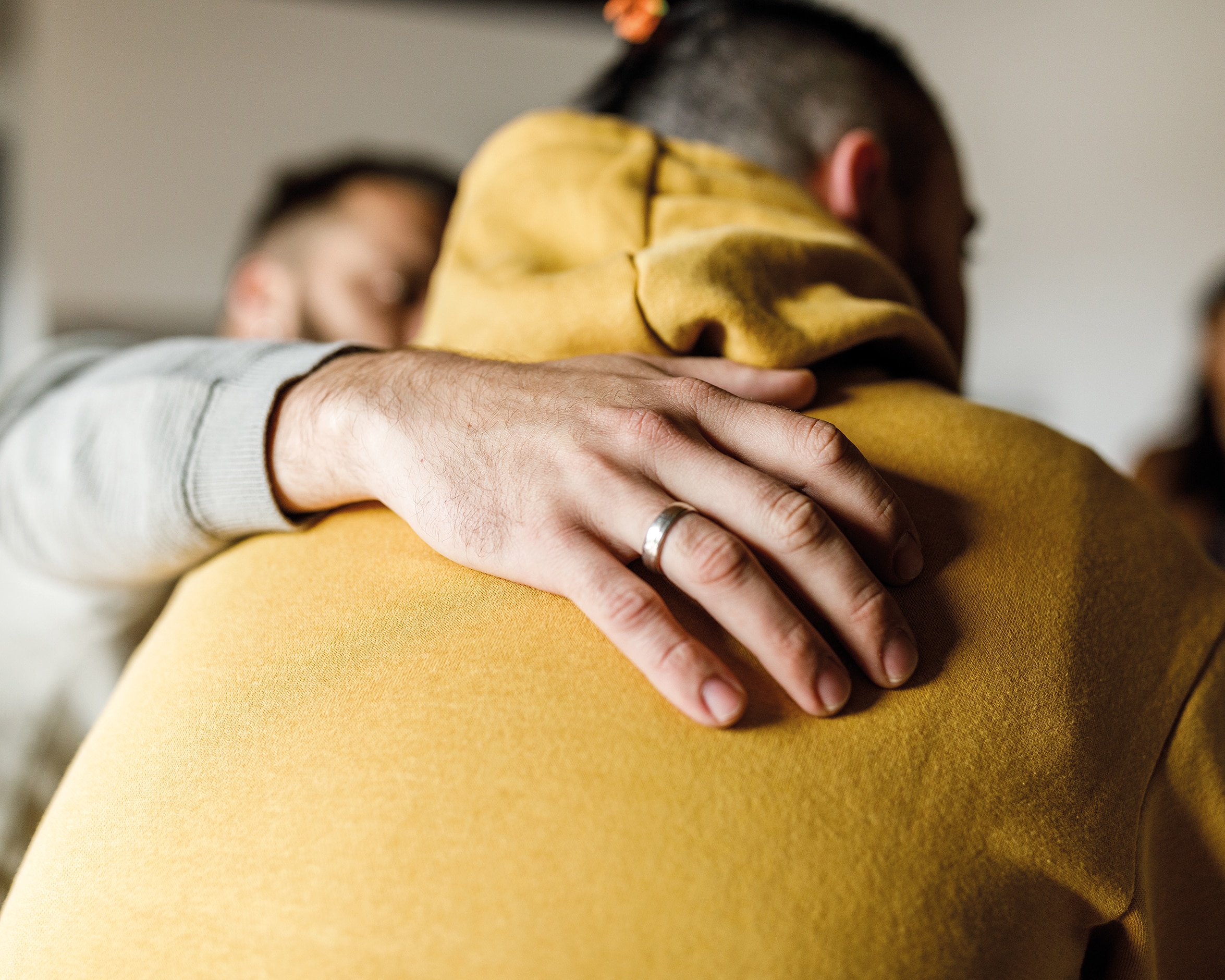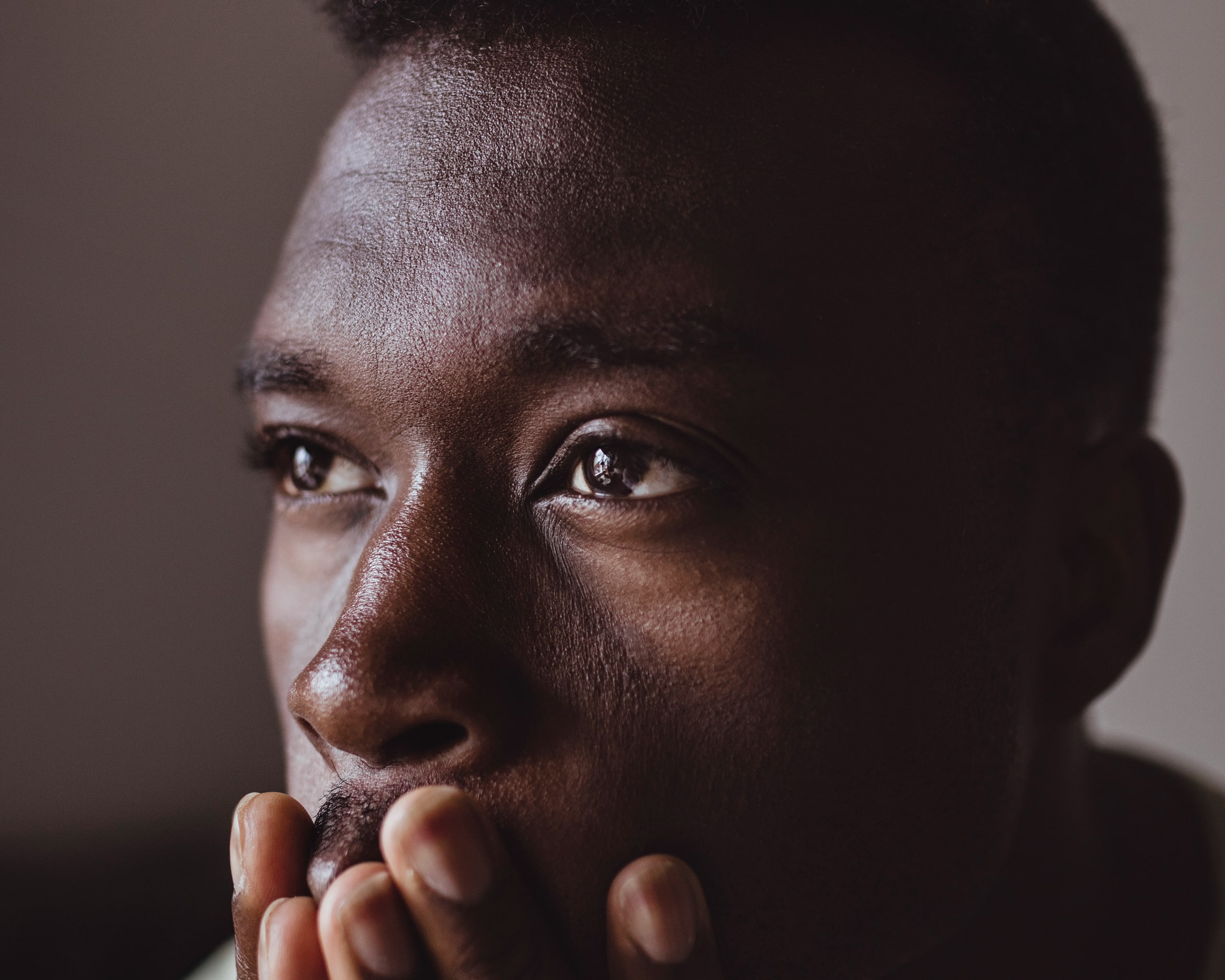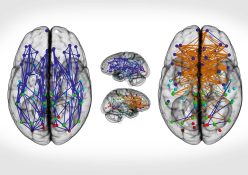Nights are longer, days are gloomier… and it seems our mood follows suit. It could be seasonal affective disorder (SAD)
Although winter seems to be synonymous with doom and gloom for many, with seasonal affective disorder (SAD), these feelings of depression affect sufferers during the same time period every year. There is a pattern to it, in other words. To confirm a SAD diagnosis, according to a 2023 research paper, symptoms must be recurrent only during a particular time of year for at least two consecutive years, followed by a recovery period after the seasonal period is over.
“During this period of sadness or joylessness, one can experience at least four or more other symptoms, such as sleep changes, appetite and weight changes, recurrent thoughts of death, hopelessness or excessive guilt, poor concentration or ability to think clearly, a slowing down of thought, loss of energy and a reduction of physical movement,” says Dr Qhama Cossie, specialist psychiatrist and head of general hospital psychiatry at the University of Cape Town.
However, symptoms can sometimes go unnoticed, especially in those who suffer from ‘high functioning’ depression and anxiety disorders, which is more prominent in men.
Men and the blues
While studies show that women are more likely to be affected by SAD, depression or anxiety, men often experience the symptoms of these disorders to a more critical degree.
Dr Cossie explains that although women are twice as likely to develop depression than men, men are four times more likely to go ahead with suicide. “Societal and cultural expectations predispose men to think of themselves as risk-takers, thus leading to the probability of engaging more in risky behaviours that could lead to injury and death.”
He adds that approximately one in nine men will be diagnosed with major depressive disorder (MDD) in their lifetime, but often struggle to identify the signs and symptoms due to sociological reasons, such as the pervasive ideas that ‘boys don’t cry’ or ‘men can’t be weak’ which many cultures emphasise. This can then lead to even riskier behaviour or thought patterns.
“Masculine norms encourage men to engage in restrictive emotionality, where they are unable to express feelings and have difficulty finding the words to express their emotional state. Consequently, men may not have the emotional maturity to identify and manage intense feelings such as fear and anger,” says Dr Cossie.
Depression in men can look like:
- Irritability
- Anger
- Hostility
- Abusive behaviour
- Substance misuse
- Escaping behaviour (such as extramarital affairs)

Men are more likely to suffer from high-functioning depression and anxiety, where they seem to be able to meet the demands of everyday life while, in reality, they are experiencing daily mental anguish.
Symptoms are experienced for at least two weeks but may not be easy to spot. “To the untrained eye, the person may seem happy, successful and have a ‘perfect life’. But the person going through the illness is distressed, suffering and is not living up to their full potential,” says Dr Cossie.
To cope, many sufferers try to self-medicate through substances like alcohol and illicit drugs, which can result in high rates of comorbid substance abuse.
More about SAD
Dr Cossie says research has shown that men’s brain chemistry and biological processes might confer protection against depression. However, seasonal affective disorder is likely triggered by hormonal changes and deficiency in sunlight (which is outside the realm of the usual causes of depression).
Research has found that SAD is directly associated in most patients with elevated levels of melatonin (the sleep hormone) and changes in serotonin (also responsible for sleep and mood). Since instances of SAD occur during climatic or seasonal changes, where there is a significant change in the amount of sunlight, this alters the concentration of melatonin and serotonin, inducing fatigue, relaxation and high levels of sleep.
Apart from regulating your circadian rhythm, melatonin also plays a critical role in regulating mood and personality.
A link can also be found between serotonin and vitamin D, which we primarily get from the sun. Serotonin, which is a ‘feel-good’ hormone, is dependent on the availability of vitamin D, but when the body is deprived of it, melatonin levels become elevated compared to serotonin.
Our sedentary lifestyle during the colder months, where the benefits of physical activity and exercise are limited, can also result in a change in hormone regulation.
Symptoms of SAD
- Inattentiveness
- Hopelessness
- Depression
- Social withdrawal
- Fatigue
- How to treat SAD
How to treat SAD
Some people find that simply increasing their exposure to sunlight – if possible – can greatly improve their mood.
Clinical studies also suggest treatment in the form of light therapy, which involves sitting for 20 minutes or more per day in front of a light therapy box. This box emits a bright light that mimics sunlight while filtering out harmful ultraviolet (UV) rays.
Talk therapy, often combined with taking selective serotonin reuptake inhibitors (SSRIs), a commonly used type of antidepressant, are also helpful forms of treatment.
“You must make sure that you are being appropriately and holistically treated, both physically and mentally, and not merely looking at the psychosocial aspects of the problem. This means that if antidepressants are indicated and advised, then you should consider using them,” says Dr Cossie.
There are differences between SAD, depression and anxiety, and these can also can be misdiagnosed in the presence of viral infections or conditions like hypothyroidism, hypoglycaemia or other hormonal conditions. This is why seeking the help of a trained medical professional is key – they can properly diagnose the condition and discuss options to deal with it. With the right treatment, SAD and sadness can be more manageable.
Preventative measures which may help for sad and other forms of depression and anxiety
1. Supportive social networks
Those who have positive, nurturing relationships fare better.
2. Role models and mentors
Surround yourself with positive, strong role models/mentors (parents, siblings, teachers
or managers).
3. Regular exercise
Just three to four times per week for 20 to 30 minutes will make a difference to your mental health.
4. Good sleep hygiene
Ensure your environment and behaviour before bedtime promotes relaxation and sleep.
5. Screening of high-risk individuals
Neglected, traumatised children and adolescents, survivors of domestic violence and abuse, and individuals with chronic medical conditions are often more susceptible to depression.
6. Identifying and treating health concerns early on
Go for regular health check-ups and screenings.
7. Preventing complications
Visit the most appropriate kind of medical expert for help.
Getting help
If you or anyone you know needs help with their mental heath contact:
South African Depression and Anxiety Group (SADAG)
Website: https://sadag.org/
Phone number: 0800 567 567
Email: zane@sadag.org
Words: Saadiqah Schroeder
Photos: Getty/Gallo Images







